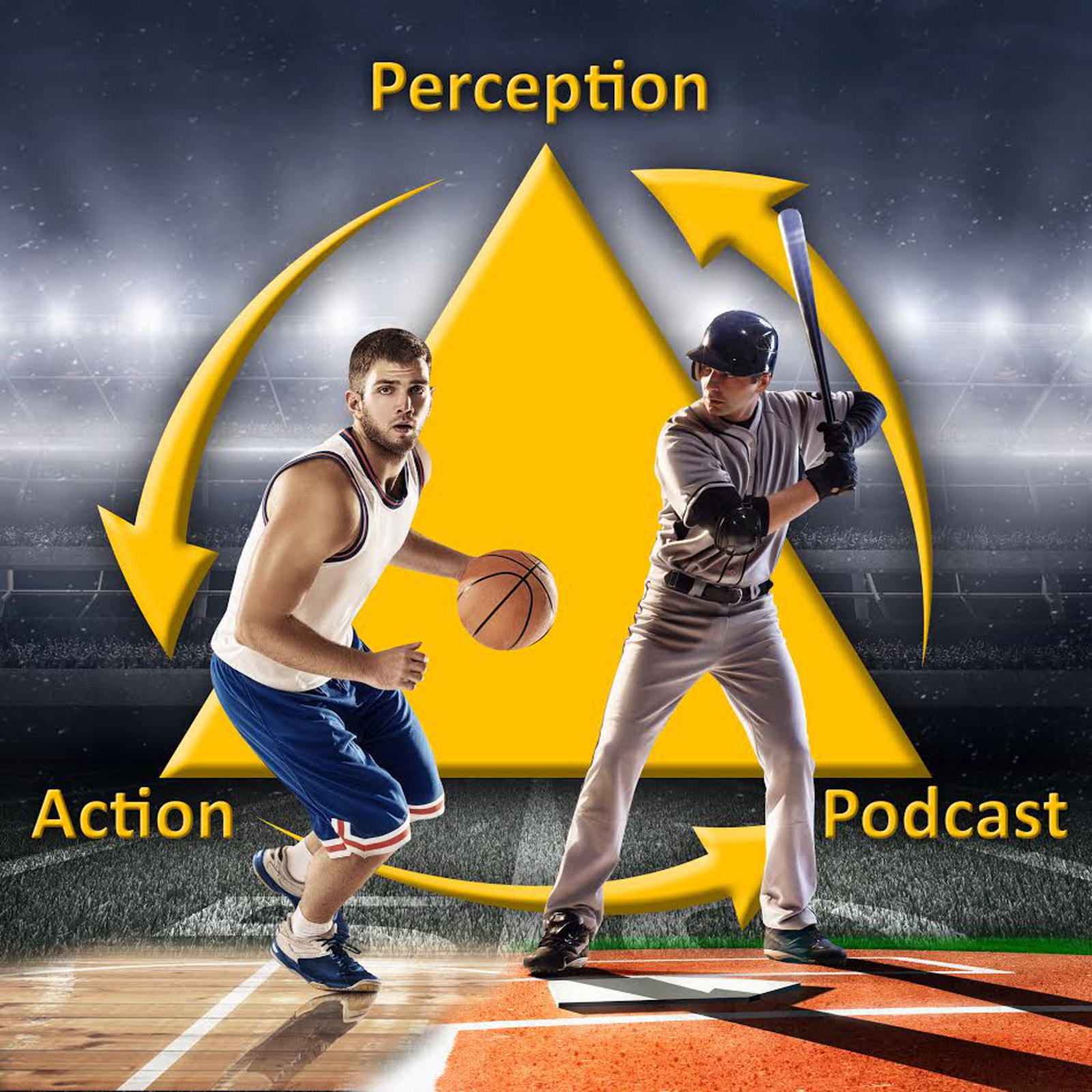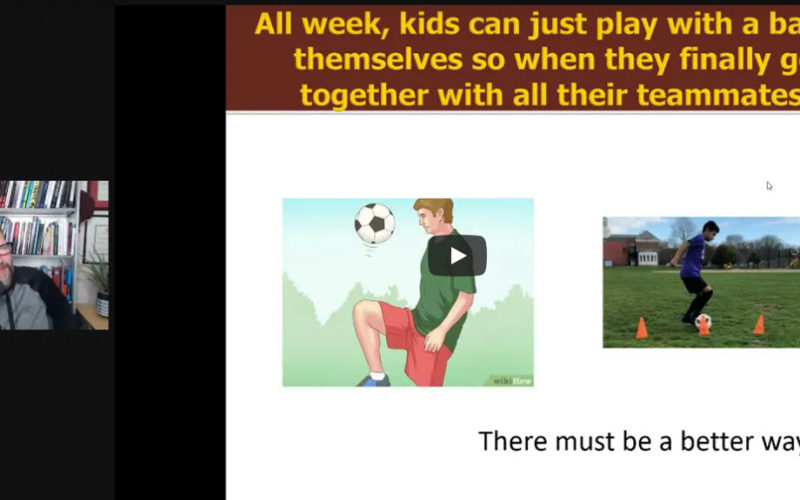382– Online vs Offline Information VS Direct vs Indirect Perception
382 What is the difference between using online vs offline information to our control our actions on the one hand and the dichotomy between direct vs indirect perception, on the other? How have these been used incorrectly in many attempts to integrate skill acquisition approaches? An attempt at some clarification.Download link Articles:/Links:Expert Anticipatory Skill in…
Read More









